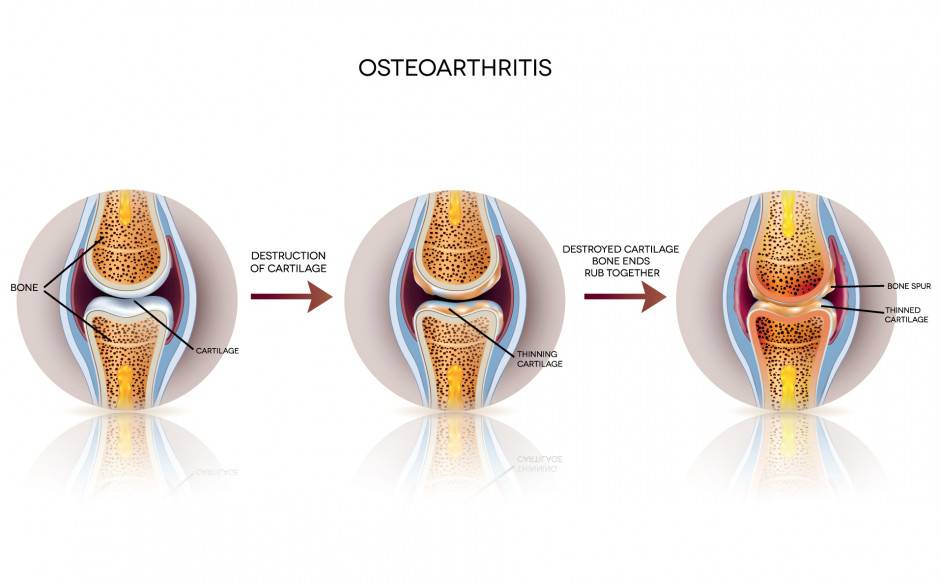Great Toe Arthritis Correction
Great toe arthritis, also known as Hallux Rigidus or Hallux Limitus, describes the progressive arthritic destruction of the great toe joint (first metatarsophalangeal joint [MTPJ]). The cartilage begins to wear away within the joint, leading to bone on bone grinding and bone spur formation. Pain and inflammation will develop in the joint. A loss of available motion of the joint will begin to occur as the arthritis progresses.
Pain is typically worse with pushing off of the big toe - like when taking a step. The restricted motion of the great toe joint can also cause pain under the second toe to form as the foot compensates.

More About Great Toe Arthritis Correction
The bone spurs that develop may begin to compress overlaying nerves, leading to numbness/tingling/shooting pains.
Arthritis will inevitably worsen over time.
Surgical procedures include removal of bone spurs/scar tissue of the joint to increase motion, replacement of the great toe joint with an implant, or fusing the big toe joint.
Dr. Matthew Turanovic is trained in the most up to date and advanced surgical techniques and protocols for foot and ankle surgery - without the need for casts and crutches. See the about me for more information about your surgeon.
A thorough consultation, history, examination, and understanding of patient goals are required to determine which surgical procedure is appropriate for the arthritic joint. It is important to have an early evaluation because as the arthritis progresses, some procedures listed above will no longer adequately address the problem. As such, information about the recovery period and return to activities and work will be discussed at time of consultation.
The surgery typically takes about 30 minutes to 1 hour. Surgery is done with regional anesthesia and optional oral sedation. This means the nerves of the foot are numbed with local anesthetic so no pain is felt during the procedure. Oral medication is given to reduce anxiety, promote a calming effect, and sometimes a relaxing nap. This allows for a quicker, more comfortable recovery after surgery and poses significantly fewer risks and complications compared with general anesthesia.
Detailed care instructions will be given and pain control medicine will be prescribed after surgery. You will have direct contact with the surgical team should questions or concerns arise when you leave the office.
